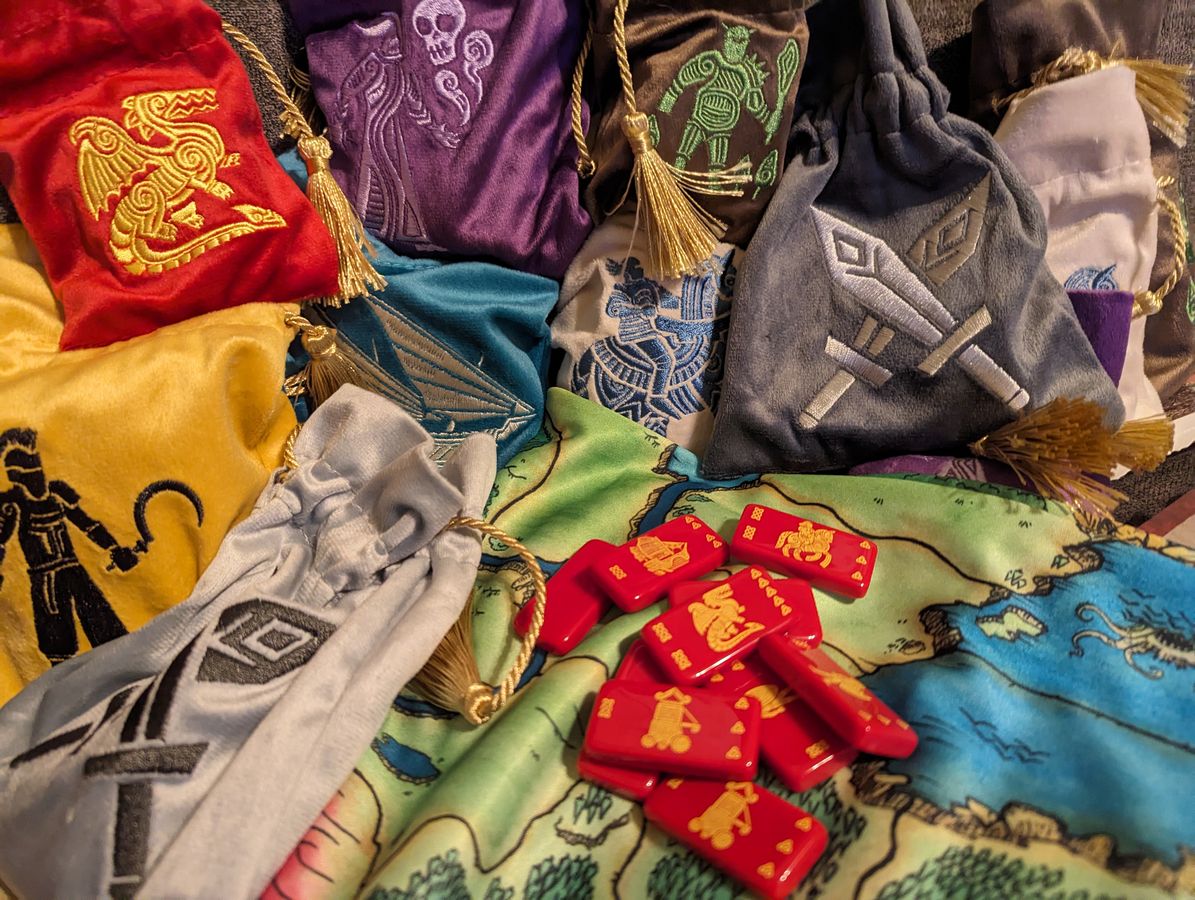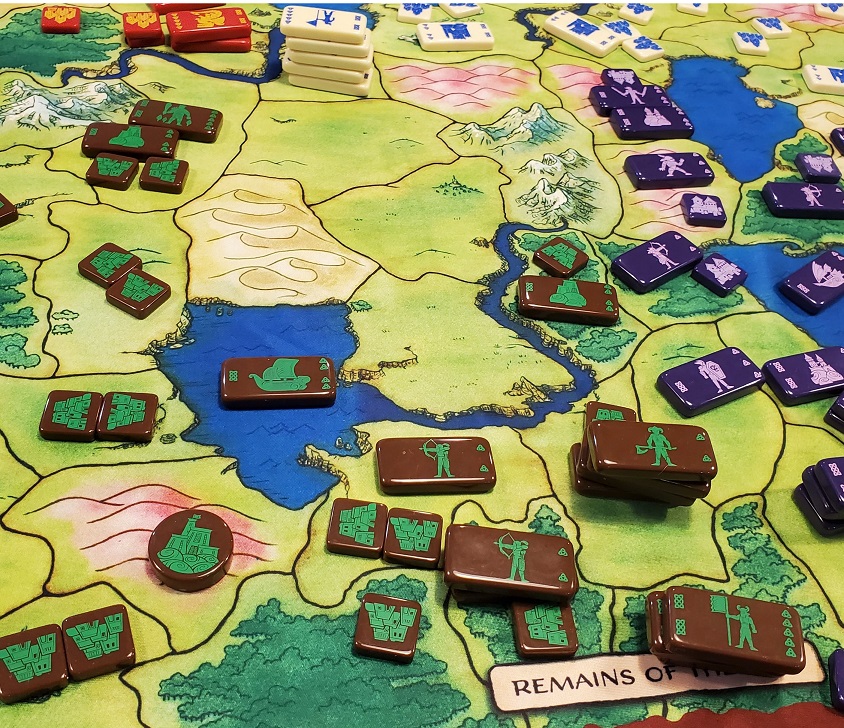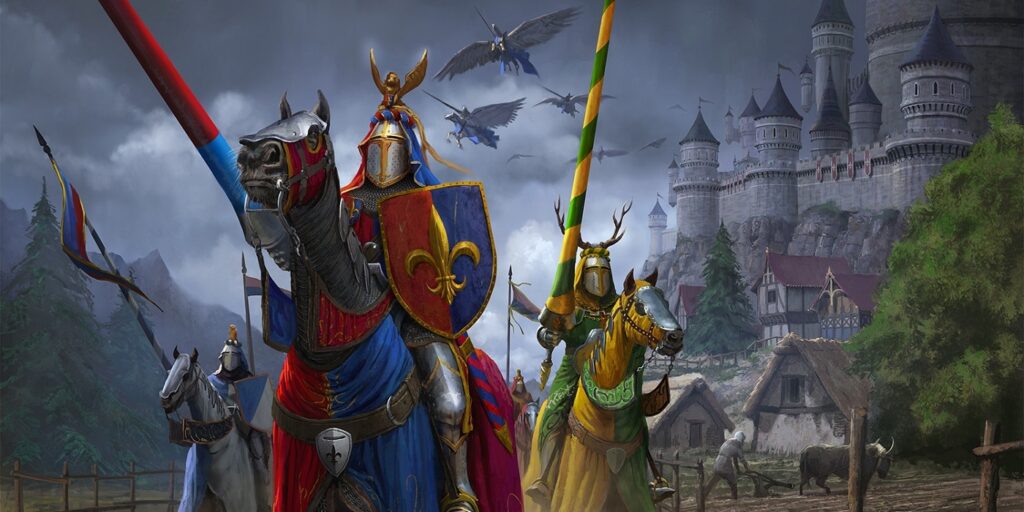Find Out Why ‘Bloodstones’ is the Fantasy Wargame Currently Trending on BGG
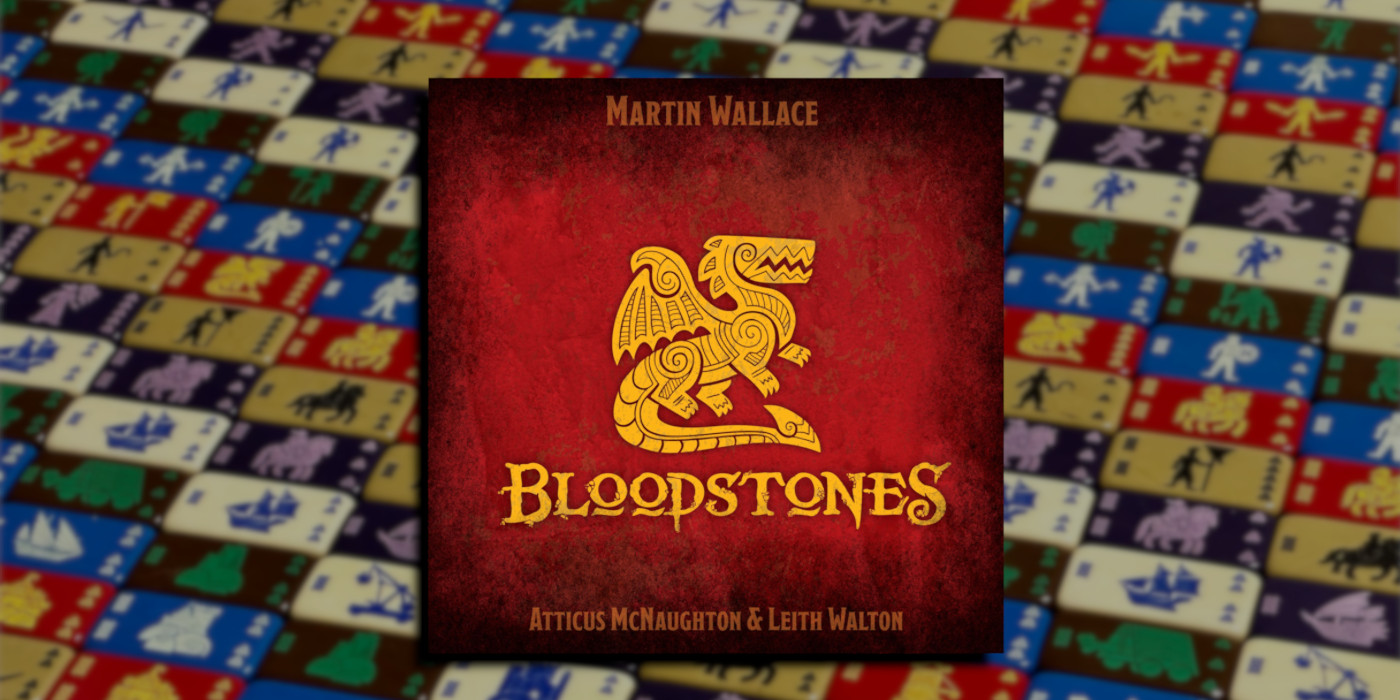
With a simple premise and streamlined mechanics, Bloodstones is the area-control wargame that makes every decision count.
As of the time of writing, Bloodstones is currently at the top of The Hotness charts on Board Game Geek. What makes this asymmetrical fantasy wargame for up to 6 players so exciting?
If you’re a fan of games like Risk and Small World but that you can learn in 3 minutes, you’ll want to keep reading.
Wargames have a habit of becoming overly bogged down with rules and systems. For example, I absolutely love Root. But, when teaching the game, I turn into Lucy Ricardo because I got a lot of explaining to do. Bloodstones is probably more like Jeannie. I’m just not entirely sure how yet.
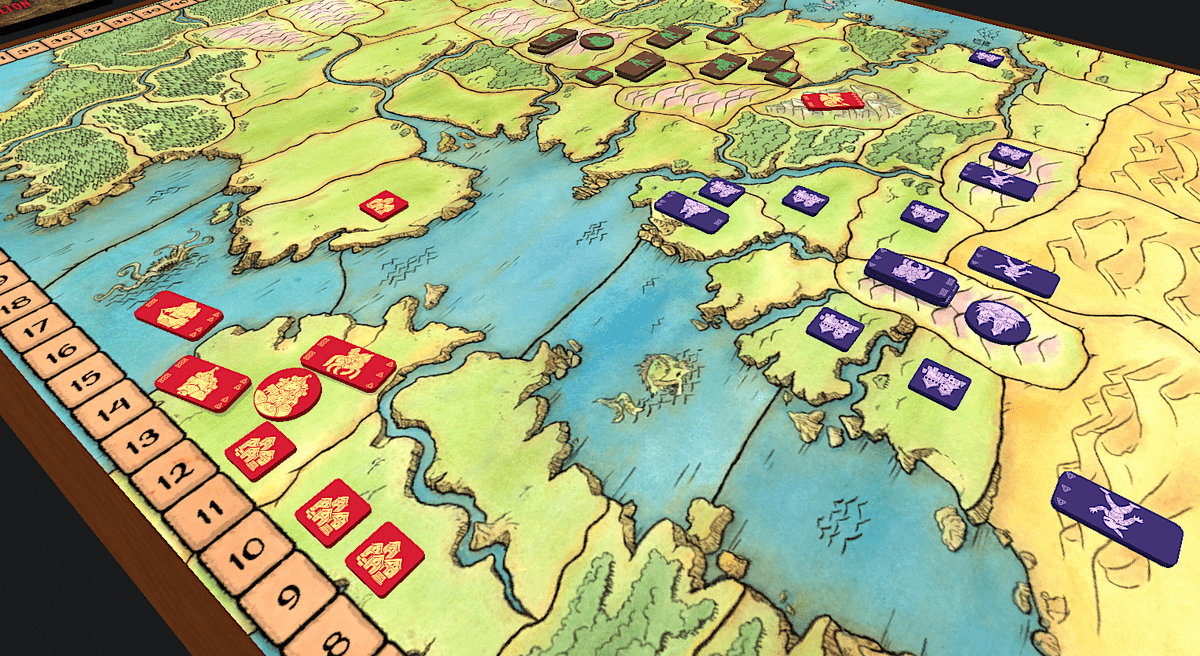
Bloodstones Overview
In Bloodstones, players are trying to earn the most victory points before the end of the game. Points are earned through combat, controlling areas, and more. But Bloodstones has a unique angle on how it integrates each of the components into the game.
In an almost Scrabble sort of setup, players draw a hand of tiles from a bag each turn. These tiles represent their combat units but also the currency to hire new units, build villages, travel around the map, and so on.
Each tile has markings on the left side, which indicates how many other tiles must be discarded from your hand in order to play that tile. Similarly, the pips on each right side of each tile can be “spent” in order to perform other actions like moving, attacking, and building villages.
This means players constantly have to consider which tiles they want to play on the board against which tiles they will have to use as “currency.”
Each time a player’s bag of tiles is empty, they reshuffle all their tiles back and start anew. After each player has reshuffled two or three times (depending on player count), the game ends, and whichever player has the most victory points through combat and area control wins!

